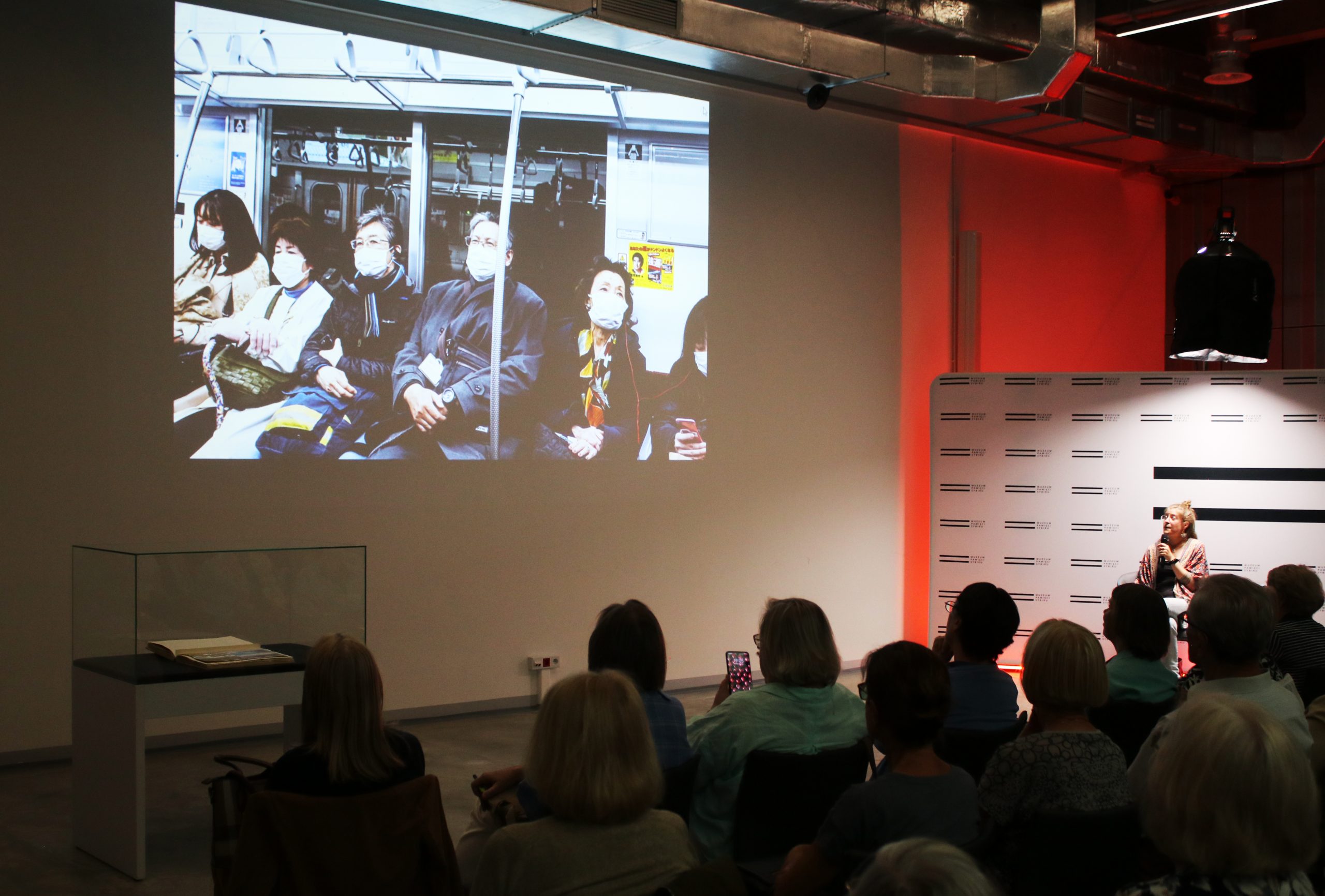On Thursday, June 15, the last meeting in the series before the holidays took place, during which the Museum’s audience meets artists — writers, photographers, journalists and at the same time —travelers. This time, Danuta Onyszkiewicz, an anthropologist by education, a photographer by passion, and a traveler by passion came to Białystok.
The meeting was devoted to an extraordinary person — Bronisław Piłsudski, who was Danuta’s great-uncle. Her interest in his achievements was first related to family history, later shared scientific interests: Danuta Onyszkiewicz plans to prepare a doctorate on the identity of contemporary representatives of the Ainu people — whose culture Piłsudski studied over a hundred years ago in Sakhalin.
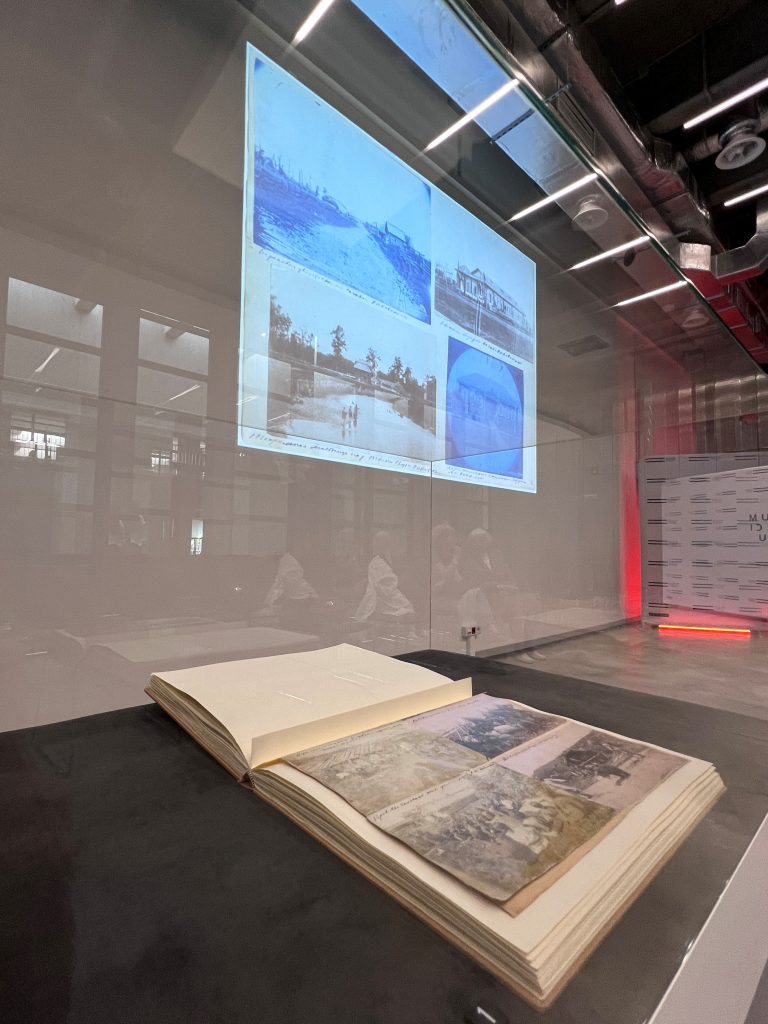
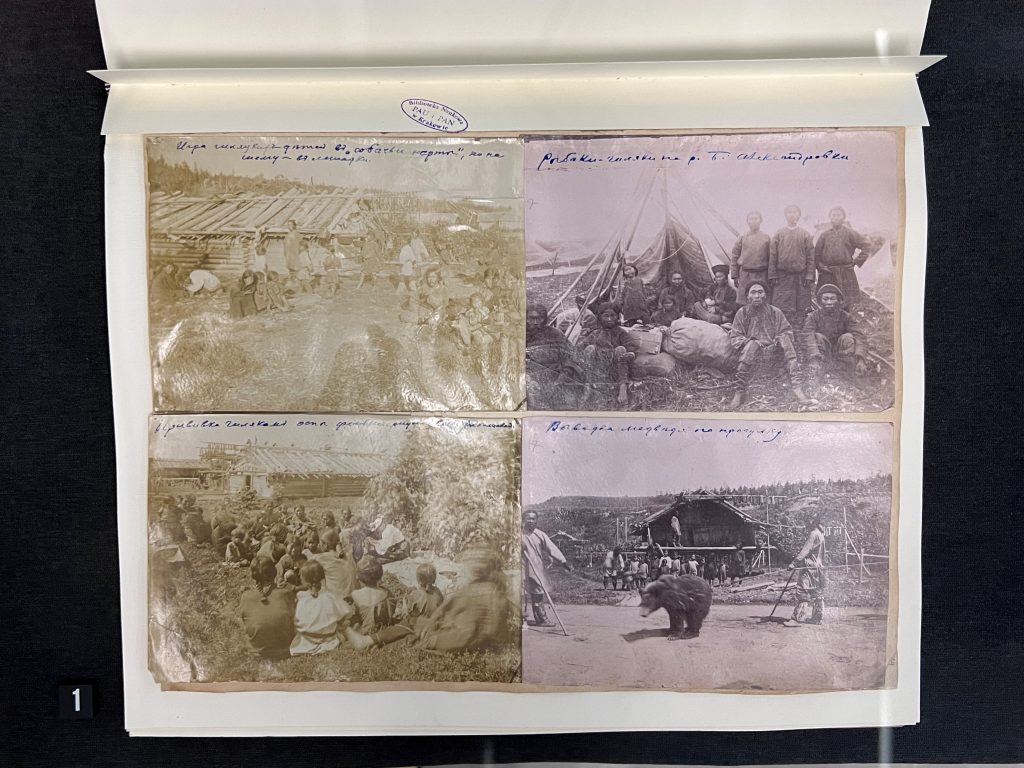
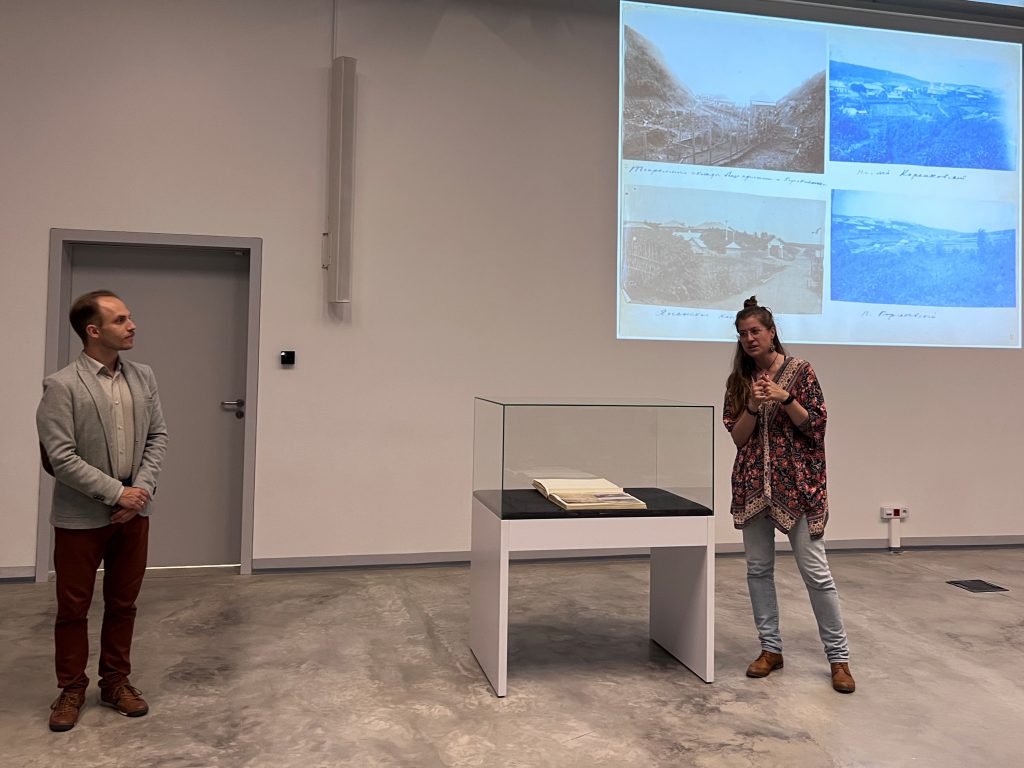

The uniqueness of the event was added by combining it with the presentation of the June Exhibit of the Month: an album of photographs taken and described by this Siberian-scientist, lent to us by the Scientific Library of the Polish Academy of Arts and Sciences and the Polish Academy of Sciences in Cracow.
The album contains 28 cards with handwritten photos taken by Bronisław Piłsudski during his research on the Ainu, Gilak and Orok peoples. As Danuta Onyszkiewicz emphasized, Piłsudski was the first person from outside the Ainu community to be admitted to Iomante (an Ainu ceremony in which a brown bear is sacrificed) and documented it in his photos.
— This exhibit is very important to us — for scientists, anthropologists, biologists — she added. — I used these photos myself when preparing my trip around the world in the footsteps of Bronisław Piłsudski — she said.
Józef Piłsudski’s elder brother, overshadowed by the Marshal’s fame in his homeland, is known and appreciated around the world as a researcher of the primitive peoples of the Far East. In Japan, he is considered a hero who saved the Ainu culture from oblivion. His life story could be used as a movie script.
In 1887, at the age of 21, Bronisław Piłsudski, along with 14 other people, was arrested by the tsarist police for organizing an attempt on the life of Russian Tsar Alexander III. The conspirators were sentenced to death, but ultimately 10 of them, including Bronisław and his brother Józef, had their sentences reduced. The elder brother was sent to 15 years of hard labor on the island of Sakhalin.
There, Bronisław became fascinated with the local people and their culture, also in cooperation with Wacław Sieroszewski. He was an amateur researcher, having only started studying law before being deported, so he had no background in ethnology or cultural anthropology. However, through self-education and intensive field work, he collected material of extraordinary value. He studied the Oroks and Gilaks, but he got close to the Ainu.
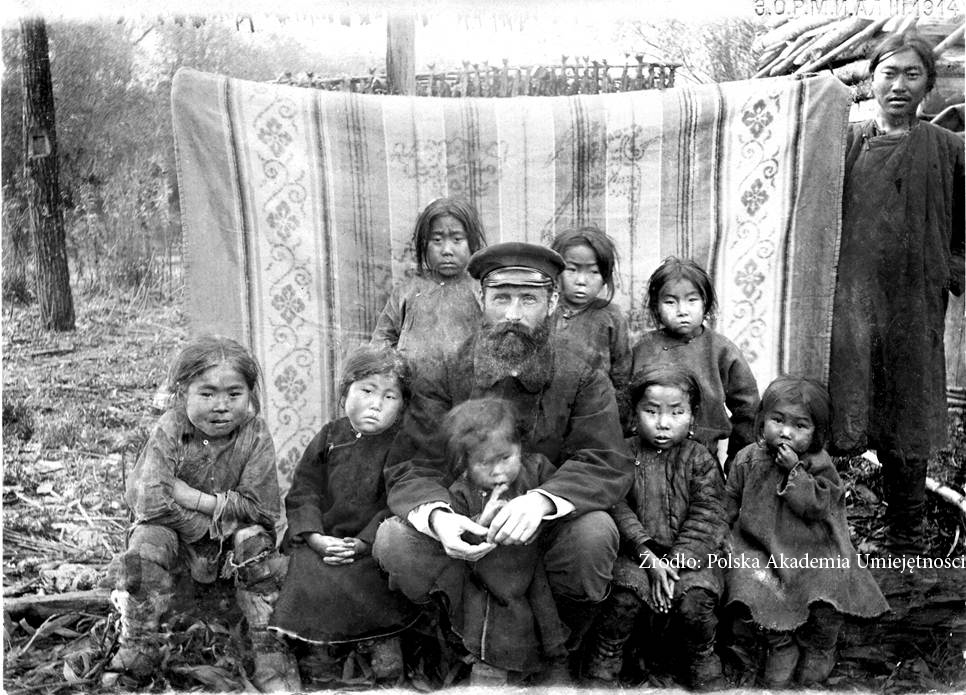
After the death of Tsar Alexander III and the announcement of an amnesty, Piłsudski’s sentence was shortened. However, Bronisław stayed in the Far East and continued to conduct his research on the Ainu people in Sakhalin and Hokkaido. Staying among the members of the tribe, he was recognized as one of them and married Chuhsamma Bafunke — a relative of the Ainu chief, with whom he had two children.
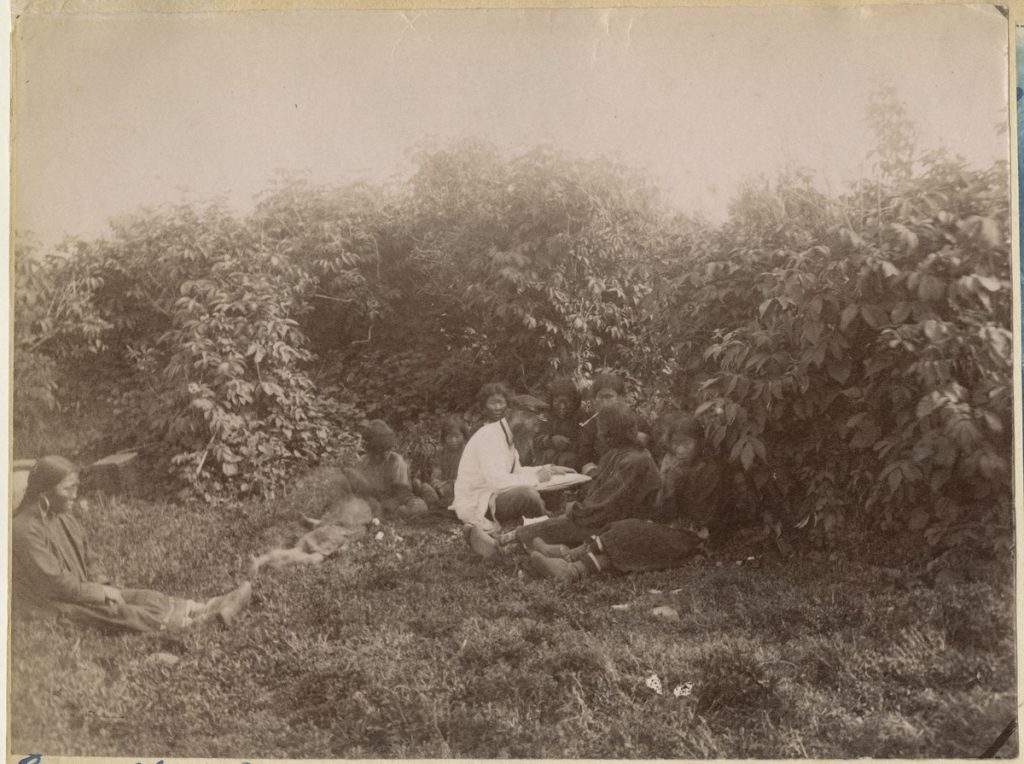
He decided to return to Europe when the Russo-Japanese War broke out in 1904. — As Danuta Onyszkiewicz explained, he was afraid that either he would be summoned by Russia to fight in the ranks of its army, or that in Japan they would consider him as a Russian spy. “He knew he was going to die, he had to run” — she said. It is known that he tried to prepare a trip for his pregnant wife (Skezo was already in the world, Kio on the way). But the local community refused to allow Chuhsamma and Skezo, who were expecting a baby, to leave. “She wouldn’t survive it anyway.” It could happen during the trip. In addition, as a tattooed, “wild” woman, she would be the subject of fascination in Europe, but she would also be hounded — said Onyszkiewicz.
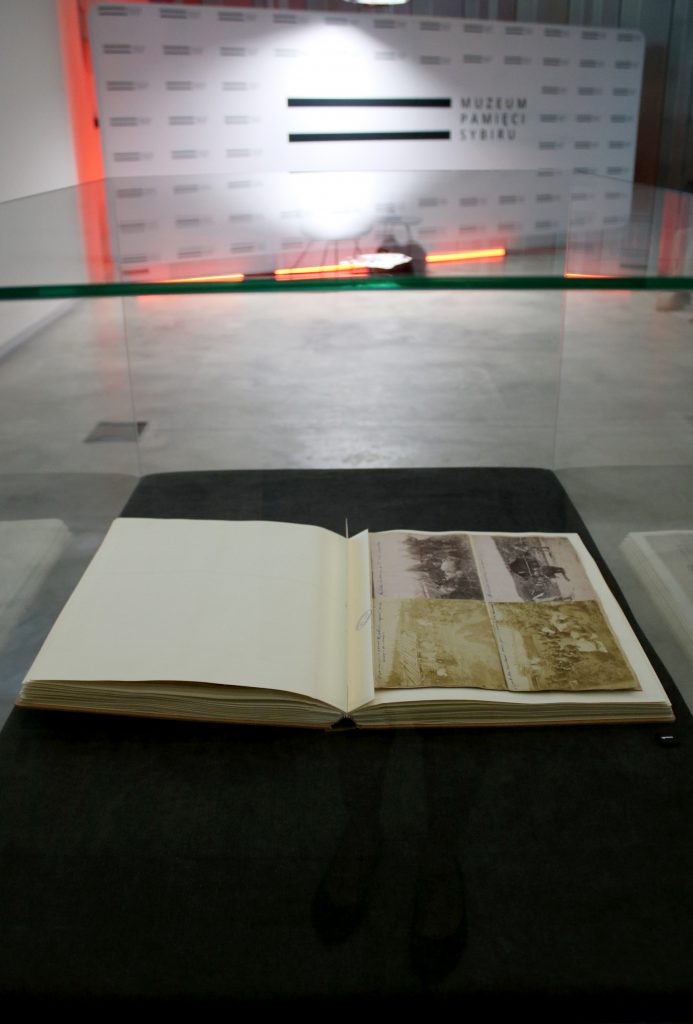
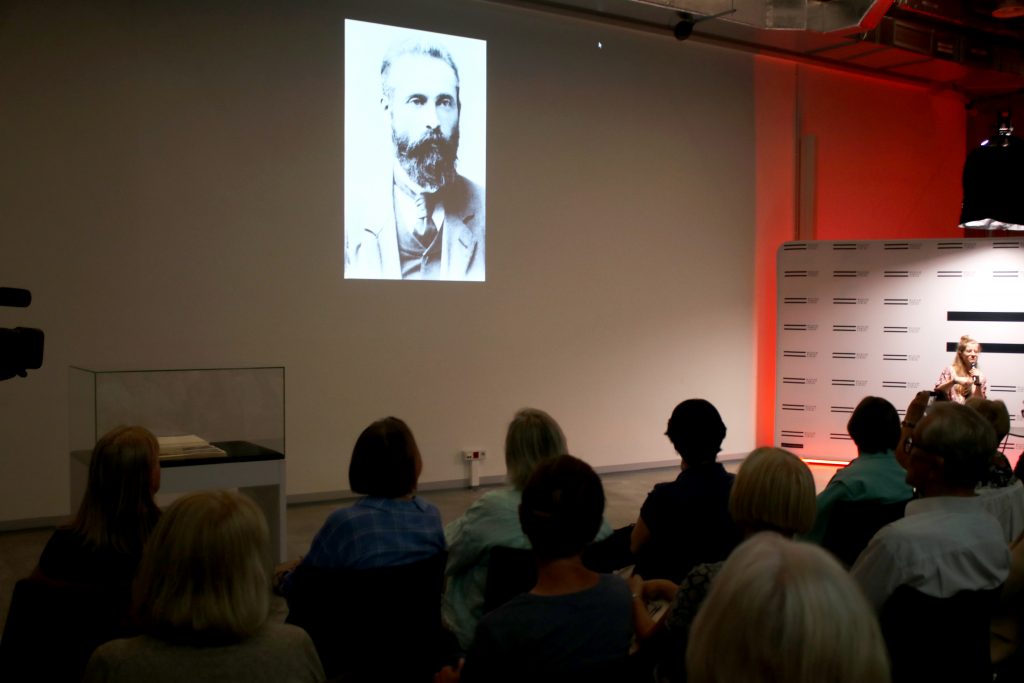
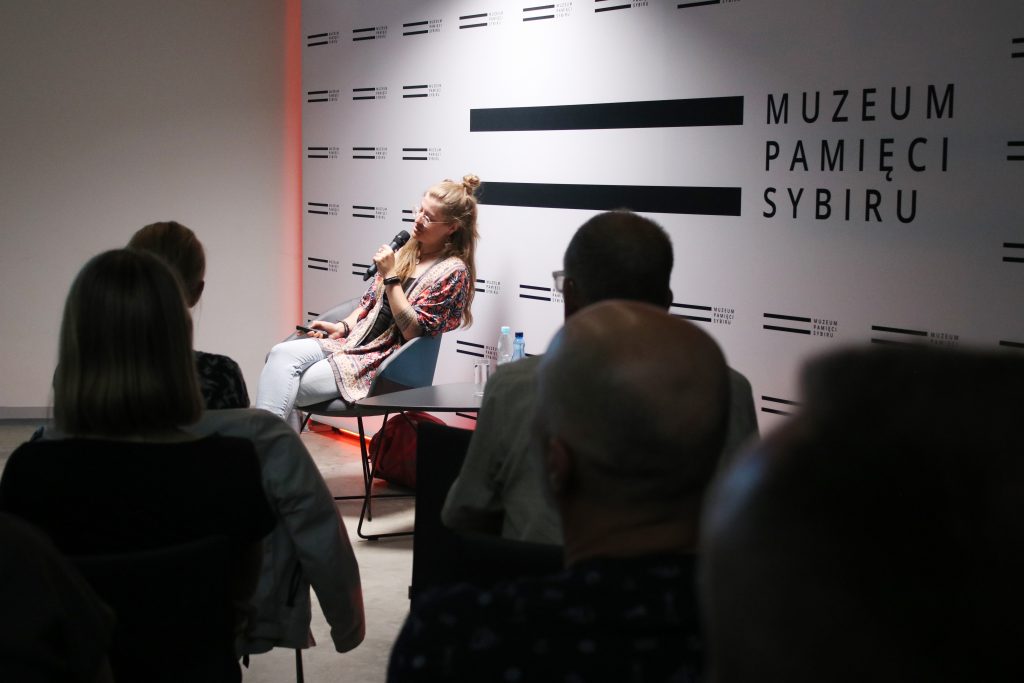
Bronisław reached Poland through Japan and the United States in 1906, settling in Galicia (still under Austrian rule). He studied the customs of the Podhale highlanders and became one of the founders of the Tatra Museum in Zakopane. But it was not appreciated by the scientific community, and the obstacle was, among others, no formal education. — Bronisław was offered a position at the Jagiellonian University, but due to the lack of an academic title, he could not take it — said Danuta Onyszkiewicz.
After the outbreak of World War I, he went to Switzerland, then to France. There, in Paris, he died in the flow of the Seine river on May 17, 1918 in unexplained circumstances. — It could have been suicide, we know that he suffered from depression — Danuta Onyszkiewicz answered a question given by one of the listeners. — He lost his loved ones twice in his life, when he was sent to hard labor and when he had to flee Japan… But there may be another explanation. He suffered from diabetes, we know from correspondence that he sometimes fell asleep suddenly. Maybe there, by the Seine, he fainted and fell into the water? — the anthropologist wondered aloud.
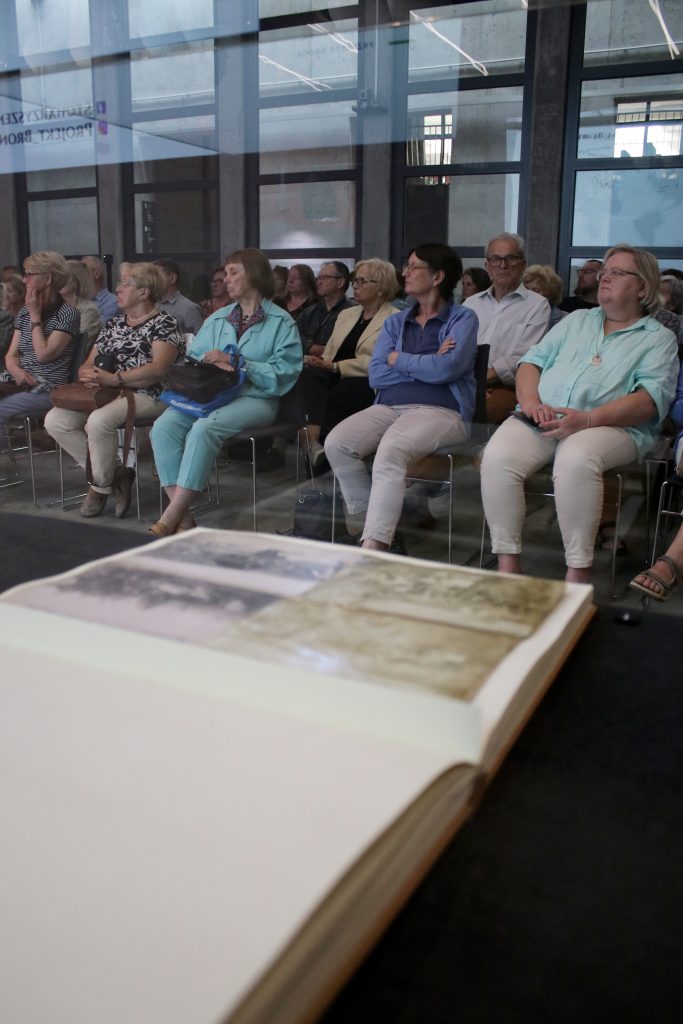
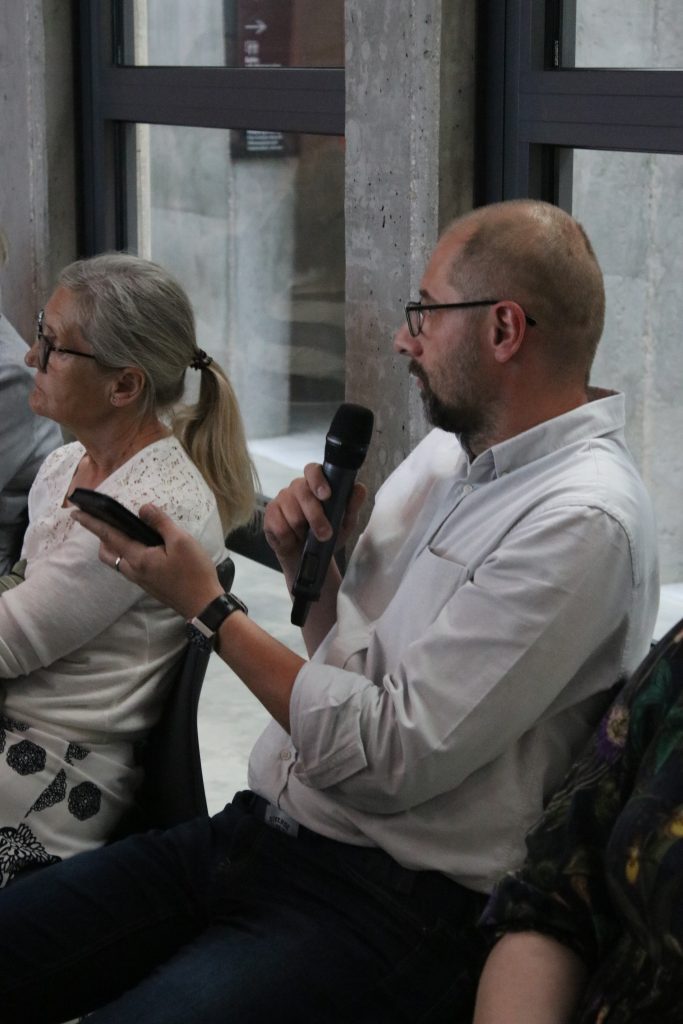
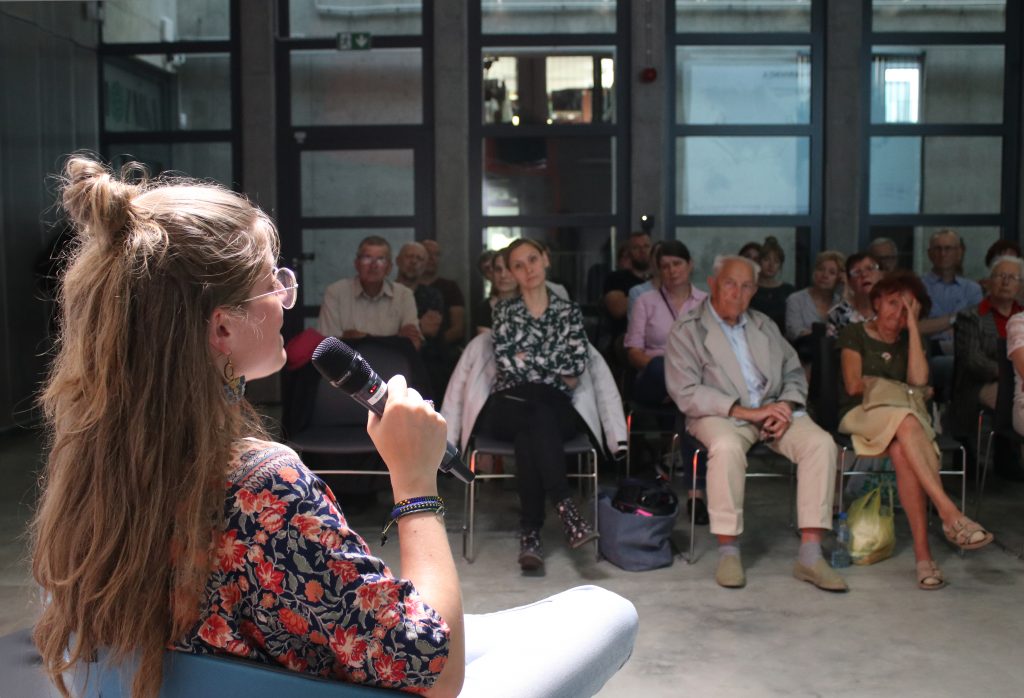
The audience was very interested in the family history of our guest, they asked about the Japanese branch of the Piłsudski family. — The family knew about its relatives in Japan, but there was no certainty how to make contact and whether they wanted this contact at all, but this is a different culture — reported Józef Piłsudski’s descendant.
— In the 1980s, it was loud about “Solidarity”, in which my father was active. He once admitted in an interview that his wife is the granddaughter of Józef Piłsudski, which interested Japanese journalists. They told him about their family in Japan, she explained. — At home I found a letter from 1986, written by my uncle from Japan, translated by a Japanese professor friend. He asked: “Write about you.” He attached a photo of his daughter, then one year old Kanako.
— The first meeting took place in 2001, I was 11 years old. My uncle came from Kanako to Poland for an international conference about Bronislaw Piłsudski. I was 11 years old when I met my Japanese cousin and I loved it even though I didn’t know a word of Japanese! Years later, I asked her about her impressions of that visit. She said: “You didn’t have green tea” — recalled Onyszkiewicz with a laugh.
Bronisław’s grandson, Kazuyasu Kimura, died of cancer in December 2022. — He was the last one, who could bear the name Piłsudski, he had three daughters himself, already married today — the surname has disappeared. In Poland, there are only the offspring of the Piłsudski family on the distaff side — explained Danuta Onyszkiewicz. — And with the Japanese family, we have such an ordinary, family, warm contact. We see each other, for example, at weddings.
Why didn’t Danuta Onyszkiewicz stop at family contacts with Japan, but decided to embark on a great journey in the footsteps of Bronisław Piłsudski?
— It started with an exhibition at the Tatra Museum about Bronisław Piłsudski. There was a map of his journey, showing that he had reached Sakhalin through the Eurasia continent. Something did not suit me — she explained to the audience gathered in the multimedia room of the Sybir Memorial Museum. The tedious work began — reading correspondence and scientific articles. Studying the footnotes that lead from one article to the next. — I told at home that I would like to follow in Bronisław’s footsteps. Finally my mother said, “Dana, stop talking about it — go!” I set off on January 7, 2019 — she began the story of her adventure.
This is how the project “In the footsteps of Bronek” was born, in other words, a journey around the world to places visited by Piłsudski over a hundred years earlier, and by means of the same transport that he used. That was the plan, but life changed it a lot…
The journey began in Lithuania, in the vicinity of Zułów, where Bronisław was born. The house where he was born burned down in 1875, which is why the Piłsudski family moved to Vilnius. Then Onyszkiewicz went to St. Petersburg, where Bronisław studied law, where he was active in the anti-tsarist underground, and where his trial ended with a hard labor sentence.
As scientists involved in research in Russia warned Danuta before her departure, she was under surveillance by the Russian services during the trip. At the Museum, she also talked about attempts to extort bribes from her.
— I managed to find the house where Bronek lived in St. Petersburg. I wrote letters to the residents and one of the families contacted me. They had old plans of the building, we located the site of the place where Bronisław’s quarters were. There he was arrested. He was imprisoned in the Peter and Paul Fortress, which is now a museum, but his name is not on the list of conspirators shown there.
The next part of the route ran through Ukraine. — Bronisław, as I found out from his letters, was not transported to the place of exile through Siberia, but by sea. The Trans-Siberian Railway did not exist then — explained the traveler. Ships to Sakhalin sailed twice a year, so the convict sometimes had to wait many months until it was time to sail. And this one started in Odessa, on Platonovsky Pier. — Both the pier and the lighthouse, which you can see in the photo, were already there in Bronek’s times.
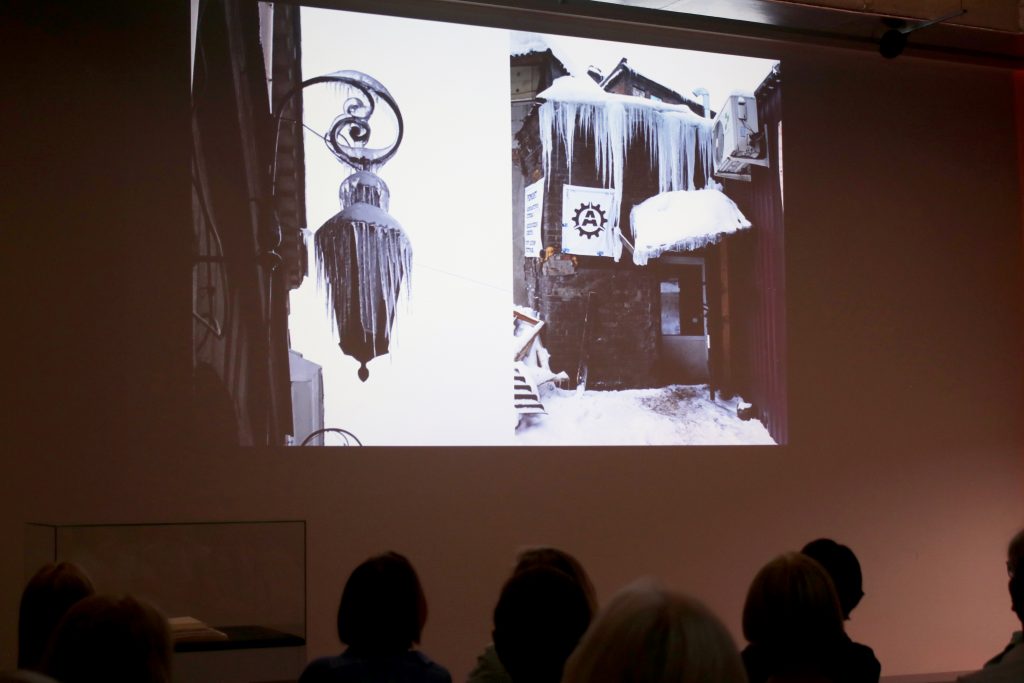
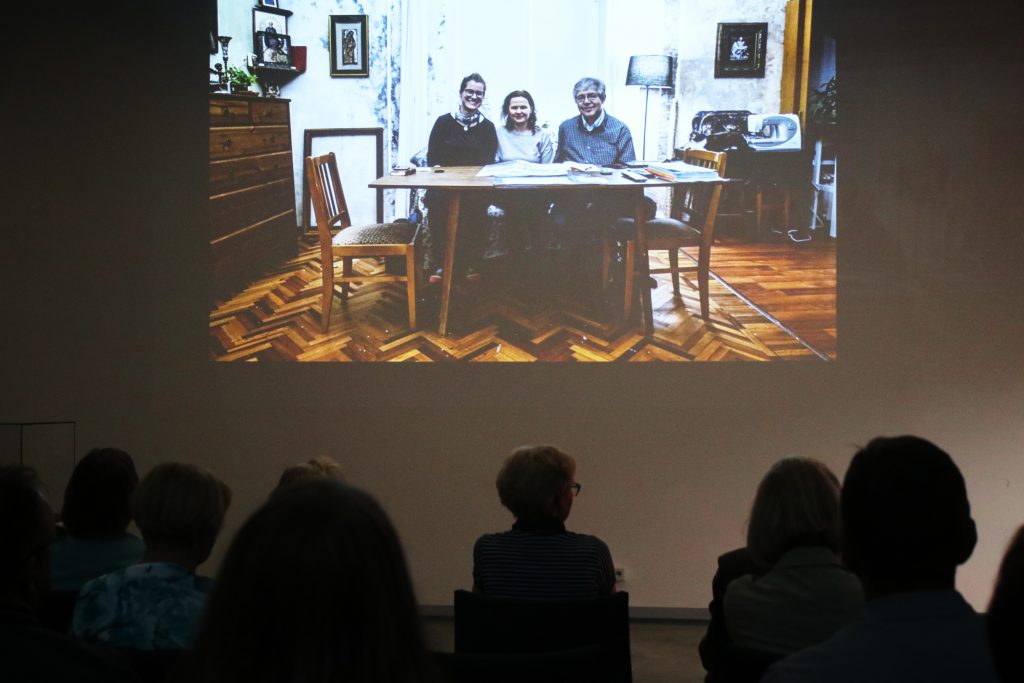

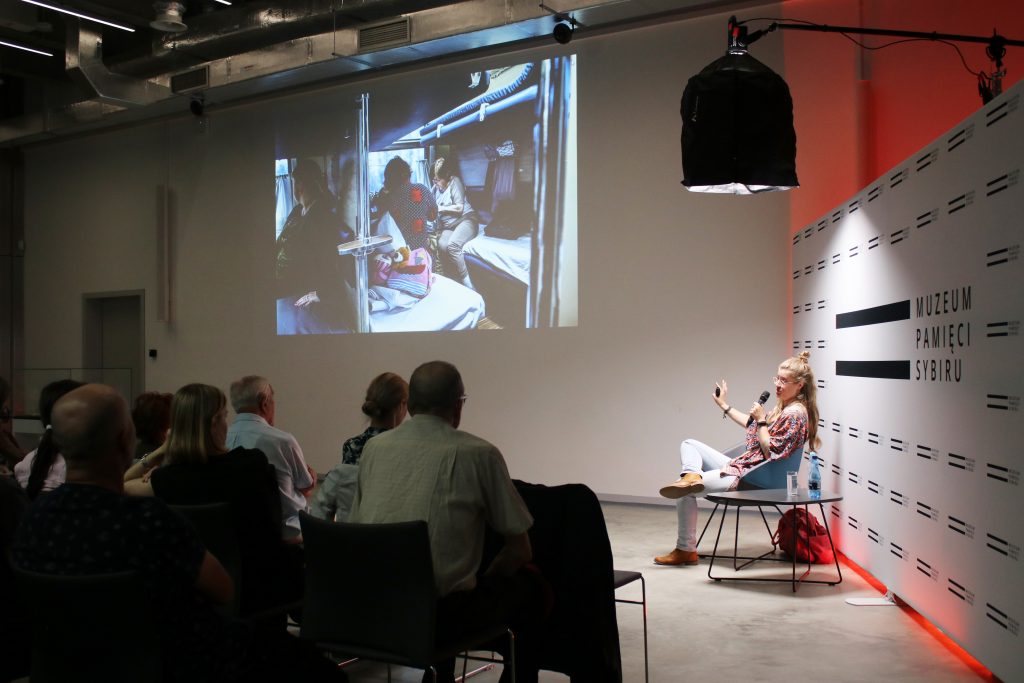
— I was sailing on a container ship, but as a tourist I was just extra baggage there. The crew was Chinese-Filipino, busy with their work — said the traveler. However, as it turned out, both the crew and the passenger were equally interested in the final season of the popular series. Thanks to the exchange of files with subsequent episodes, contact was established, during the cruise there was a joint barbecue and karaoke.
— This is the Suez Canal — the speaker pointed to the next photos. — Bronisław sailed this way about 20 years after it was put into use. During the cruise, we had to put on helmets and bulletproof vests in case of an attack by pirates.
We had to stop in Malaysia, even though Bronisław was not there. According to the plan, the stopover was to last a month – enough to obtain a visa to Russia, whose Far Eastern borders Onyszkiewicz intended to visit. However, the visa was still unavailable, time was passing. The anthropologist used this time to explore Malaysia and work… at a surf campsite. “A few days turned into eight months…” — she admitted.
Taking the opportunity, Danuta also decided to visit neighboring countries, including Vietnam. She also had a hospital stay when dehydration and physical work took a toll on the researcher’s spine. From now on, the backpack was to be carried on a handcart.
When she did not receive a visa to Russia, she decided to go to Japan, where her relatives are. However, China also refused a visa (necessary to cross its waters). So it was decided to change the way of traveling: the traveler went to Tokyo by plane. Meanwhile, in the world, there was more and more talk about a new, dangerous virus…
Bronisław Piłsudski traveled all over Japan and then left Yokohama for the USA. — I went hitchhiking in Japan — said Onyszkiewicz. People passing by looked at me strangely. Finally, someone came up to me, took the tablet from my hands that my friends had written for me, and turned it over. I held it upside down! — the traveler laughed.
— “Japan surprised me with its combination of tradition and modernity” — she admitted. — And with the fact that although it tries hard to create an image of a country without the problem of homelessness, you can see many homeless people on the streets. Only with smartphones in their hands.
In the face of the developing coronavirus epidemic, Danuta Onyszkiewicz, persuaded by the Polish part of the family, returned to her homeland. Perhaps one day she will be able to complete the missing elements of Bronisław Piłsudski’s route on the map…


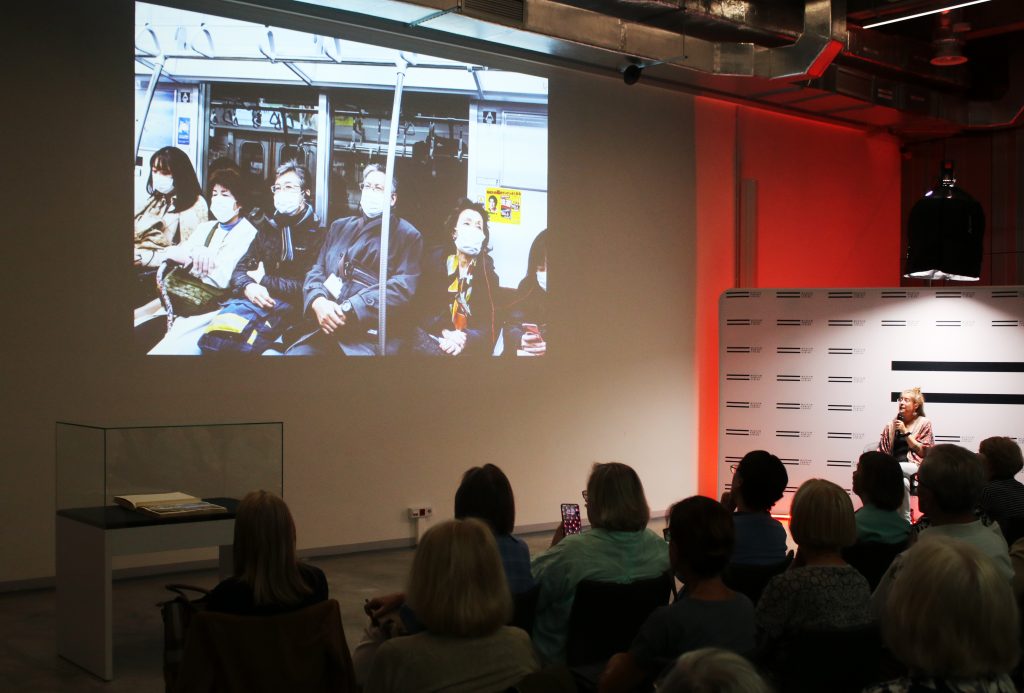
In her story told at the Sybir Memorial Museum, Onyszkiewicz devoted a lot of attention to the status of the Ainu people in today’s Japanese society. — The Japanese have always discriminated against the Ainu. Their language is very different from Asian languages, there were even ideas that they might be related to the Slavs — she said.
— In addition, they are very hairy, Sieroszewski even entitled his book “Among Hairy People”. For the Japanese, it was animalistic. One of the tortures used by the Japanese was to hang the Ainu by their hair until they died. The legends explaining the origin of this people always contain a theme such as “the princess raped by the dog.”
— About 30,000 people in Japan today claim to be of Ainu origin. The Japanese forbade them many traditional ceremonies and customs. For example, for hygienic reasons, they prohibited tattoos on the face and hands, which were made and worn only by women. The first tattoo, with a small knife, was done to a girl when she begun menstruation. It was a sign that she could get married now.
A similar ban included the Iyomante ceremonial, which Bronisław Piłsudski saw and photographed, as one of the few people outside the tribe, more than a century ago. It was a festival for which the Ainu community had been preparing for two years. A captured little bear was kept in a cage in the village and carefully fattened. It ate better than humans, was smeared, adorned, and treated with respect. The Ainu believed that they had to help his spirit free himself from the earthly world, so as part of a special ceremony they killed the bear, sending its soul to the land of spirits.
The album, which we present as the Exhibit of the month at the Sybir Memorial Museum, is opened on the cards depicting members of the tribe leading a bear.
— Today, more and more people talk about their Ainu roots. Although they are still discriminated, they emphasize their pride of their culture — said Danuta Onyszkiewicz and recommended everyone to listen to the Ainu dub band – Oki Dub Ainu Band. The National Ainu Museum has been opened in Shiraoi.
Danuta Onyszkiewicz plans to develop her scientific career by preparing a doctorate on how contemporary Ainu representatives build their identity. In this way, she will combine the present day with the research that her relative conducted more than a hundred years ago.




